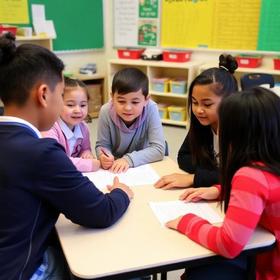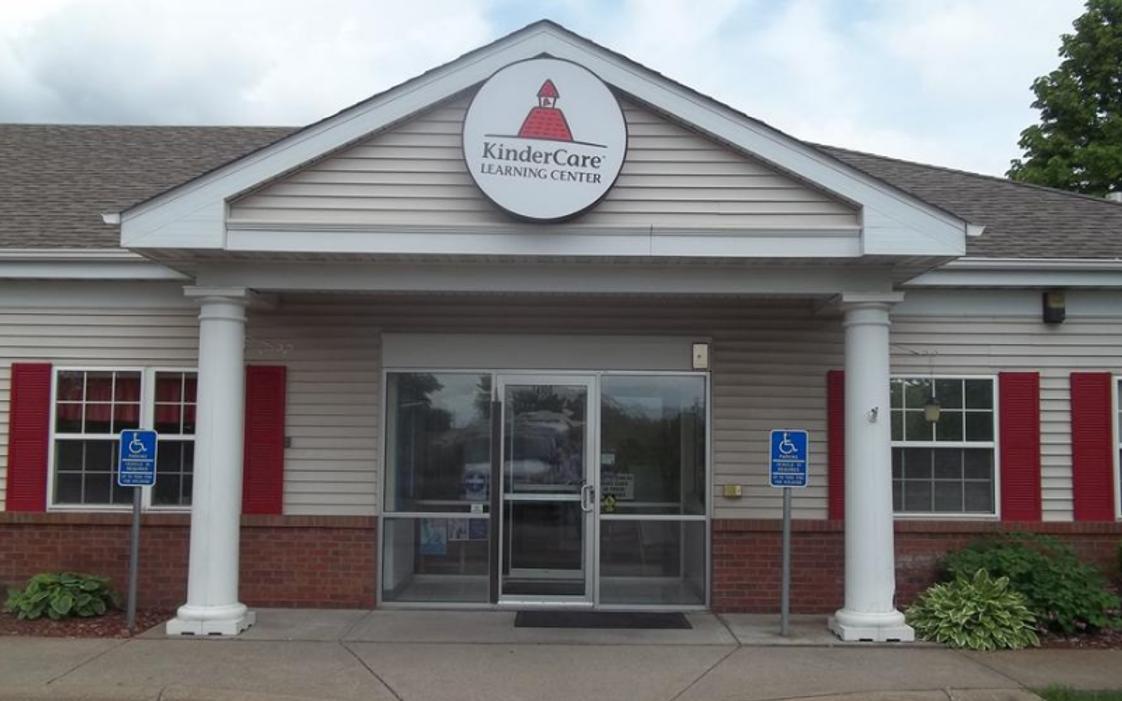For the 2026 school year, there are 4 private preschools serving 632 students in Anoka, MN.
The top-ranked private preschool in Anoka, MN is St. Stephen School.
The average acceptance rate is 95%, which is higher than the Minnesota private preschool average acceptance rate of 89%.
50% of private preschools in Anoka, MN are religiously affiliated (most commonly Catholic and Lutheran Church Missouri Synod).
Top-Ranked Anoka Private Preschools (2026)
School
Location
Quick Facts
St. Stephen School
(Catholic)
506 Jackson St
Anoka, MN 55303
(763) 421-3236
Anoka, MN 55303
(763) 421-3236
Gr: PK-8 | 387 students Avg. class size: 18 students Sports: 8 | Extracurrculars: 2 Tuition listed
1333 5th Ave. S.
Anoka, MN 55303
(763) 323-0741
Anoka, MN 55303
(763) 323-0741
Gr: NS-8 | 114 students Avg. class size: 15 students Extracurrculars: 4 Tuition & acceptance rate listed
Mt. Olive Christian Preschool & Kindergarten
Daycare / Preschool (Lutheran Church Missouri Synod)
700 Western St
Anoka, MN 55303
(763) 421-9048
Anoka, MN 55303
(763) 421-9048
Gr: PK-K | 131 students Avg. class size: 14 students
Ramsey KinderCare![Ramsey KinderCare Photo - Ramsey KinderCare Ramsey KinderCare Photo - Ramsey KinderCare]()

Daycare / Preschool
14100 St Francis Blvd.
Anoka, MN 55303
(763) 576-9586
Anoka, MN 55303
(763) 576-9586
Gr: NS-PK Tuition listed
Frequently Asked Questions
What are the top-ranked private preschools in Anoka, MN?
The top-ranked private preschools in Anoka, MN is St. Stephen School.
How many private preschools are located in Anoka?
4 private preschools are located in Anoka.
What percentage of private preschools are religiously affiliated in Anoka?
50% of private preschools in Anoka are religiously affiliated (most commonly Catholic and Lutheran Church Missouri Synod).
Which private preschools in Anoka are often viewed compared to one another?
Popular comparisons of private preschools in Anoka include: Mt. Olive Christian Preschool & Kindergarten vs. Montessori Renaissance Academy
Recent Articles

Free Private Schools & Voucher Programs in 2025
Updated guide to free private schools and school voucher programs, 2025 policies, costs, equity issues, and how families access tuition support.

Social Emotional Learning 2025: Policy, Practice and Outcomes
Updated 2025 review of social emotional learning in schools, research outcomes, key trends, challenges and future paths for parents and educators.

Private School Admissions for Siblings: Costs and Timing
Learn how private school admissions for siblings affect costs, discounts, and timing strategies for families planning multiple enrollments.



